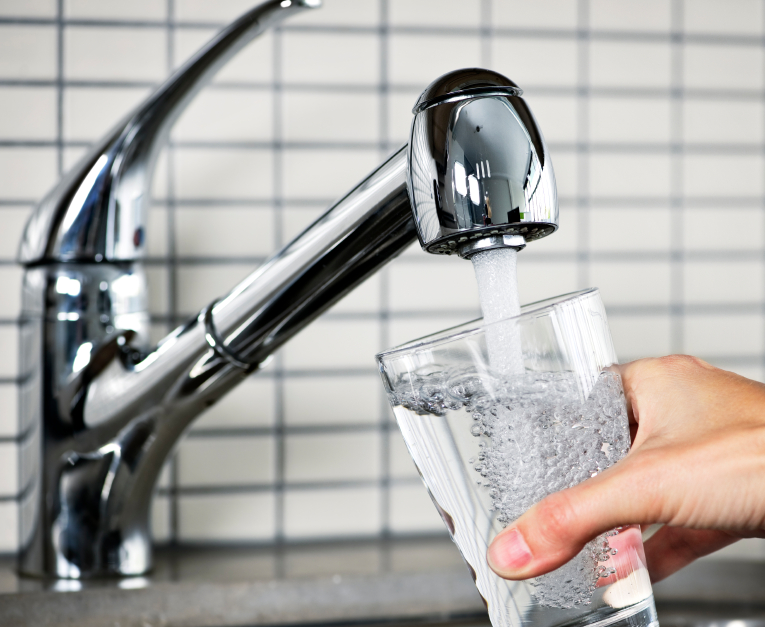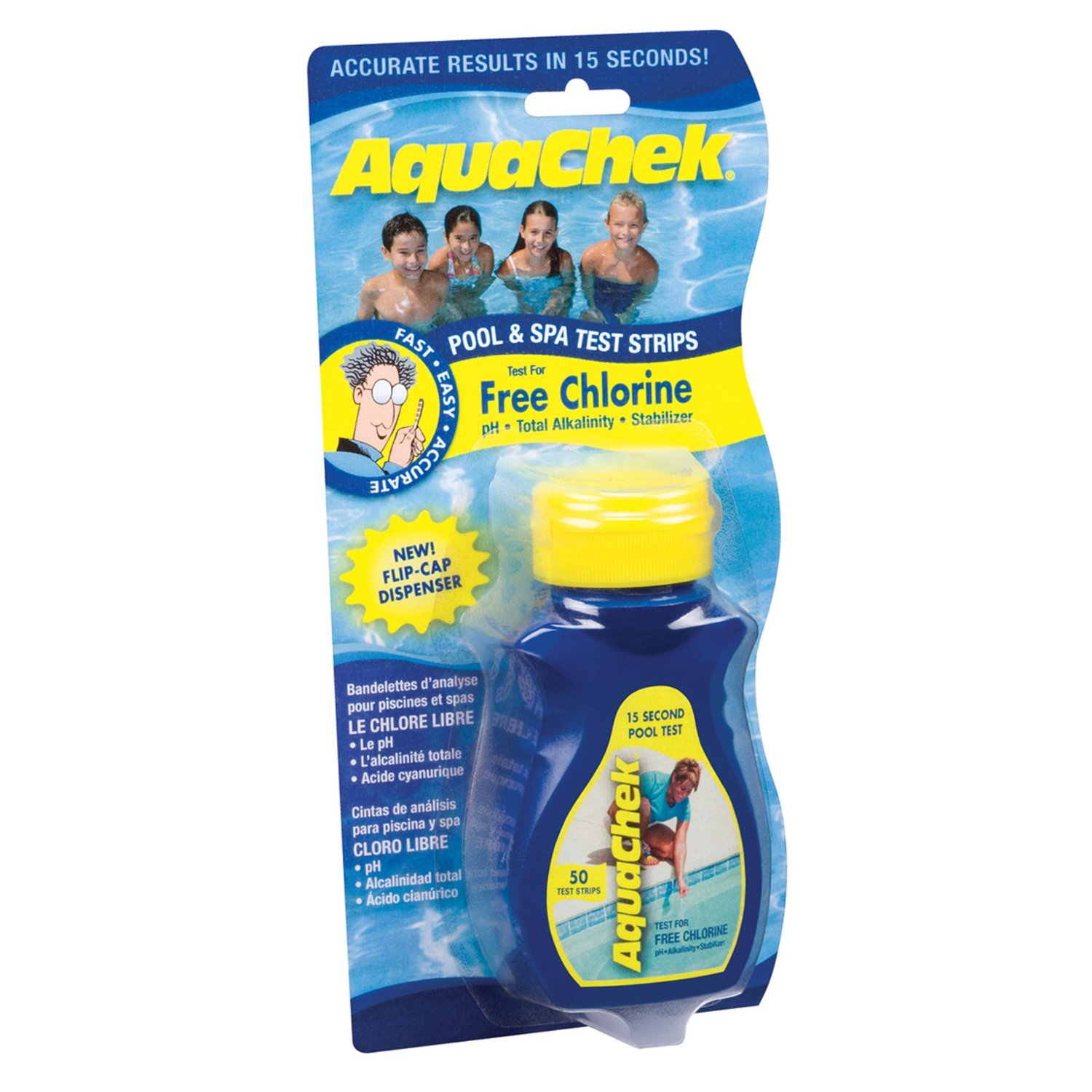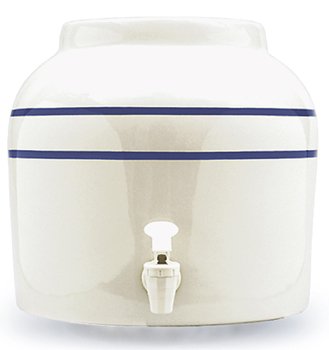Setting Up Your Water System at Home
 Last year (2013), right after Dr. Kruse finished the EMF series, he started teaching us about the importance of the quality of our water.
Last year (2013), right after Dr. Kruse finished the EMF series, he started teaching us about the importance of the quality of our water.
And this year, since Dr. Kruse wrote the Energy and Epigenetics 4 blog post on the three laws of nature (framing out the importance of light, WATER and magnetism), y’all have been chomping at the bit, wanting to know what the best water is and how to get it in your own home.
Dr. Kruse has likened water to life’s battery. It keeps our body energized and our systems functioning properly. Good water increases our exclusion zone (EZ), or the area where energy transfers take place for cell functioning, thus improving blood flow and our redox potential. The bigger the exclusion zone, the better the energy transfer.
Most of our municipal water supplies are polluted with toxins. City water is full of chlorine, bromide, fluoride and all sorts of other nasty “minerals” that have negative effects on our health.
So what do we do when our water sources are not up to par?
As you all know, I’m pretty deep in my journey to optimal health. Last year when Dr. Kruse first taught us about the importance of reverse osmosis water, I set up two water stations in my house and have had reverse osmosis water delivered so I’ve got good quality drinking water at my fingertips.
Here are a few of the steps I took.
How do you know if your water is bad? Test!
No matter how pure you think your water is (even well water), it’s always a good idea to test it regularly. And if you source your water to have it brought in (or buy it at the store), TEST IT. If the water board in your area adds fluoride to their water, most filtration systems, even most reverse osmosis filters (like the ones at Whole Foods or other natural health stores) will not remove all traces of fluoride, which limits the exclusion zone of water. HELLO. I know. 😐 Annoying.
Your local water board will normally test your water for free. We are also working on another resource for testing water that Dr. Kruse likes. I’ll update this post if we can get details for you guys.
Where do you get good water?
You have several options for sourcing cleaner water: adding a filtration system to your house, having water delivered, buying water from your local supermarket or digging a well. We’re going to explore all but the well-digging option … that’s way past my pay grade!
Dr. Kruse recommends reverse osmosis water as “the best.” If you can’t get RO water, go for distilled or spring water next. If you want to know where the closest natural spring is to you, visit findaspring.com.
If you’re out and need water, or if you want to buy your water locally, look for spring or artesian water. Water bottled in glass is best; Dr. Kruse likes Aqua Panna, Gerolsteiner and Pellegrino glass-bottled water.
If you live down under, you’ve got a bigger pickle to deal with. Water in Australia or New Zealand is particularly bad because of the hole in the ozone. If you live there, lobby your Congressman to get them to change the water sourcing to filter ocean water using an RO filter. You will need to drink imported water to be optimal. You can join a community discussion about this here.
Side note: Dr. Kruse does not recommend adding salt to your water as it affects the exclusion zone of water. Adding minerals is OK as long as they don’t contain salts or halogens.
The best and easiest way to get good water: Have it delivered!
I live in an urban downtown neighborhood in East Nashville, so I know the water being pumped through my pipes s … sh**. It’s awful here. Chlorine levels are always above the limit and our water supply includes “sanitized” sewer water. Yep … N-A-S-T-Y.
I did a bunch of research and settled on having water delivered by Crystal Springs water (they deliver all over the country; you can see if they deliver in your area). Their “purified” water is either reverse osmosis water or distilled (both of which are good), so I started having five, five-gallon jugs delivered to my house every month ($43). I use this water for drinking and cooking, and even my pets drink it.
Now that I’m upping my water intake, I’m going to have them deliver at least one more jug per month (maybe two). I also keep a couple of two-gallon jugs in the room where I workout and in my bathroom upstairs so I have easy access to water no matter where I am in my house.
To avoid non-native EMF exposure, I also opted for ceramic containers over electric dispensers. It takes a little more time and energy to set up , but it’s worth it!
Make sure you store your water jugs in a cool, dark place away from sunlight.
Should you get a reverse osmosis system for your house?
If you’ve been toying with the idea of installing a reverse osmosis filter in your house, there are a few things you should know beforehand.
- You shouldn’t install an RO filter on your entire house because it will ruin the pipes. Installing an RO filter under your sink is a better option, but it’s a large upfront expense, and the cost upkeep can be pretty steep.
- If you install an RO filter under your sink, you must be diligent about testing your water regularly. RO systems have several filters (five or more), and you must ensure each filter is pristine if you want your water to remain pure. If the water you’re filtering has fluoride in it, you will need a special filter to remove it beyond what is standard for most RO filters
- Be prepared for huge spikes in water bills. RO filters will flush out about half of the water that goes through it, meaning you’ll be using double the amount of water you were before to make RO water.
If you ask Dr. Kruse if you should get an RO filter under your sink, he will tell you NO because it’s too much of a hassle and very expensive. I would love it if no one ever asked this question during a Q&A again because he gets annoyed. So … you’ve all been warned. 😉
Don’t pollute your water with “dirty” ice!
After learning about the whole EZ thing, I realized that my ice was polluting my water (*sigh*). I looked into a couple of solutions to this dilemma: I could add a filter to the icemaker in my freezer; I could add a filter under my sink and run a water line from there so that the sink filter would also filter for my freezer; I could fill up ice trays with RO water and put in my freezer; or I could buy a separate icemaker.
I settled on an affordable icemaker that makes 30-35 lbs. of ice in 24 hours. Problem solved. I can also use it to make ice for Cold Thermogenesis. So here’s the deal with this icemaker: you fill it with reverse osmosis water, and it makes the ice. It is NOT a freezer; however, it’s set up like a cooler, insulated, so it makes the ice for you, but you’ve got to port that ice to bins in your freezer. If I want to get 30-35 lbs of ice in 24 hours, I’ve got to keep dumping the ice that’s being made into freezer bins.
I’m willing to do this right now, but knowing me, I’m going to eventually have the line to my freezer connect to a system under my sink so that I can use my freezer ice for CT. It will be more convenient. And I’m looking into buying a commercial icemaker at some point if I can find one for a reasonable price (watching Craigslist!).
I threw some amethyst crystals into the ice in my freezer, too, for good measure. (‘Nother little tip from Dr. Kruse.)
I also bought an ice bucket so I can keep some filtered ice in my office while I’m chugging through the water!
Optimize your redox potential by super-charging your water
If you have a Magnetico Sleep Pad, it actually comes in handy for more than a great night’s sleep. If you place a water jug on the sleeping pad for just a few seconds, it increases the exclusion zone in your water and makes it AWESOMER!
After you’ve put your water on the Magnetico, pour it through a wine aerator to further structure it.
And if you’re REALLY an epi-zealot, store the water jugs underground in a cool, dark place away from light and non-native EMFs. This could be in a basement or heck, dig a hole in the backyard and put a cover on top!
Optimizing bathing water
As many of you know, I have thyroid issues, hormone issues, and I’ve recently learned I’ve got a low redox potential to boot. After going through the Heal Your Hormones bootcamp with Dr. Tim Jackson last fall, I realized I needed to make sure my shower and bath water was being filtered because of the effect bromides from treated water have on thyroid function. Using RO water for drinking doesn’t solve the problem of your body absorbing the nasty chemicals found in city water while you’re bathing.
In the short term, I’ve added a water filter to my shower (this one lets you keep your existing shower head, but there are filters out there that include shower heads, too). It’s recommended you replace the filter after 20,000 gallons or once a year, whichever comes first, and to flip it halfway through that cycle.
I also added a “bathing ball” to my bathtub. This “ball” hangs over my faucet and filters water that comes out of the tap. Replacement filters are suggested every 8-12 months or 26,000 gallons, depending on how much chlorine is in your water. I replace mine every six months to be on the safe side.
A couple notes about the bathing ball:
- You’ve got make sure you choose a bathing ball that will work with your particular faucet. Different shapes affect if a particular ball will hang properly. The one I chose is tethered onto the faucet, and I was able to use a plastic cable to firmly attach this tether to the proper place on my faucet to make sure that it hung exactly right. If that doesn’t work for your faucet, try this white ball bath filter from Crystal Quest or the chrome bath filter from Sprite.
- You will have to titrate your water pressure to make sure water isn’t coming out of your faucet faster than the ball can filter it.
Both of these options alleviate some concern for now, but I’m actually not done with the water filtration experiment.
Adding a water filtration system to your home
While I bring in water to drink, I’m still concerned about the water quality used for everything else, from bathing to washing the dishes, washing food, etc. I talked to Dr. Kruse about this, and he recommends three places you can install a home water filter:
- At the street level, or wherever your home connects to city or well water before it comes up to your house.
- At the place where water comes into your home. In my case, that’s in the basement. iSpring suggests replacing these filters every six months, which is about 13,687 gallons. It’s always good to be on the safe side and to test.
- At each sink in your house. The two outside filters in this system should be replaced every six months (13,687 gallons), while the middle filter should be replaced every year (around 27,374 gallons).
In my situation, I’m not choosing a filter for drinking water purposes … the main concern is filtering out bromides and chlorine from tap water, bath water and water used to make ice via my icemaker, which I’ll use for CT. I am going to buy a sink filter for each sink (there are five in my house), and one for my entire house (which I’ll set up in the basement).
I’ve also ordered two rain barrels to gather rain that I’ll use for watering the garden outside (one for my back patio that has room for a planter on top, one for the shed further out back … I’m building out a portion of it to house a flock of six backyard chickens for fresh eggs; woot!). I will test from there, and if there are still issues with the water, I’ll figure out how to add a filter at the street level.
I’ve linked to the filters I’m going to buy, but I haven’t used those yet so can’t speak to them from experience. The iSpring line gets really great reviews and is affordable, so it’s the one I’m giving a shot!
Recreational water: Optimizing pools and hot tubs
Let’s take this water discussion one step further and talk about the water used in pools and hot tubs. Dr. Kruse uses a hot tub extensively in his own n=1 maintenance for doing the forneia effect and for CT. He spends a lot of time in the pool during the summer for CT as well.
The best kind of swimming pool is an ozonated pool. Salt water is the second best, though halogens are used to cleanse it. For in-ground pools, the best materials are rebar, ceramic, rock or concrete instead of a liner (these items all conduct the earth’s magnetic field, so you’re grounded while in the pool).
With a hot tub, you’ll want to limit halogens used to heat the water and avoid fluoride and bromides. They also make dechlorination tablets you can drop in your hot tub or spa to remove chlorine and chloramines.
I’m not a water expert, obviously. Hopefully some of these insights will help you get up-to-speed quickly so you can optimize your water.
Additional Support: Webinars by Dr. Kruse
 |
In each of these webinar recordings, we have drilled into the ins-and-outs of EMF in all its forms, how to test for it, what to do with high readings, and so much more. This webinar series is going to offer you a MASSIVE education on EMFs! The weekly webinars include lots of Q&A to help us unpack the different kinds of fields we’ll encounter and what to do about them. Learn More … |
 |
If you’ve been biohacking any length of time, you know that unraveling complex issues like PCOS, weight gain, hashimotos, fibromyalgia, depression, estrogen dominance, low libido, fatigue, poor sleep and more can get pretty overwhelming. Hormones play a role in all of these issues, yet understanding yours and how to fix them can seem like a herculean task. Learn More … |
Your Shopping List for This Post
 |
 |
 |
| Water Testing Strips | San Pellegrino Sparkling Water | Acqua Panna Spring Water |
 |
 |
|
| Crystal Springs Water Delivery | Ceramic Water Dispenser | Portable Icemaker |
 |
 |
 |
| Ice Bucket | Magnetico Sleep Pads | Vinturi Essential Wine Aerator |
 |
 |
 |
| Shower Water Filter | Replacement Shower Filter | Bath Ball Shower Filter |
 |
 |
 |
| Bath Ball Replacement Filter | White Bath Ball Filter | Chrome Bath Ball Filter |
 |
 |
 |
| 3-Stage Whole House Water Filter | Whole House Water Filter Replacement, Set of 4 | 3-Stage Under-Sink Water Filtration System |
 |
 |
 |
| Under-Sink Replacement Pack | Rain Wizard Urn | Rain Water Collection Barrel |
 |
 |
 |
| Dechlorination Tablets | Rough Amethyst | Gerolsteiner Mineral Water |